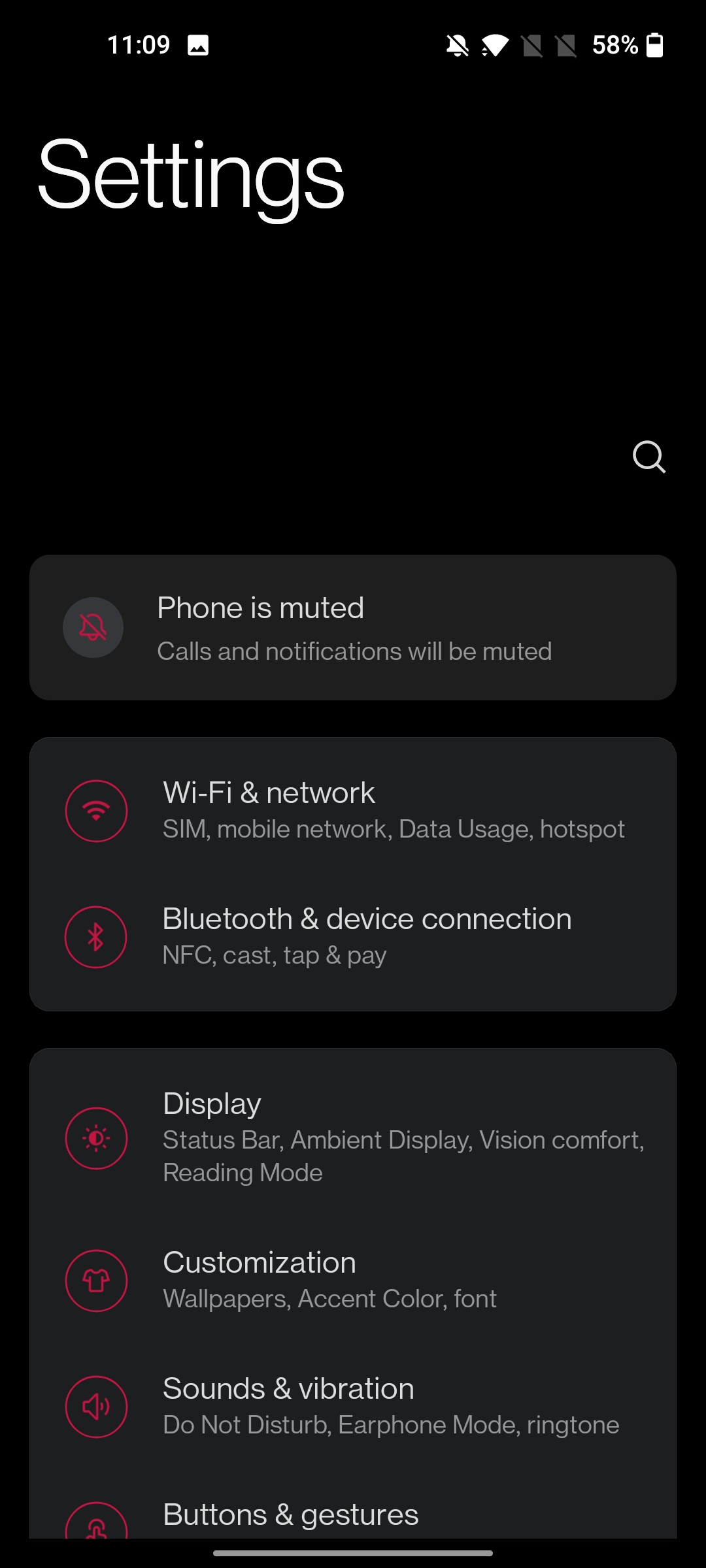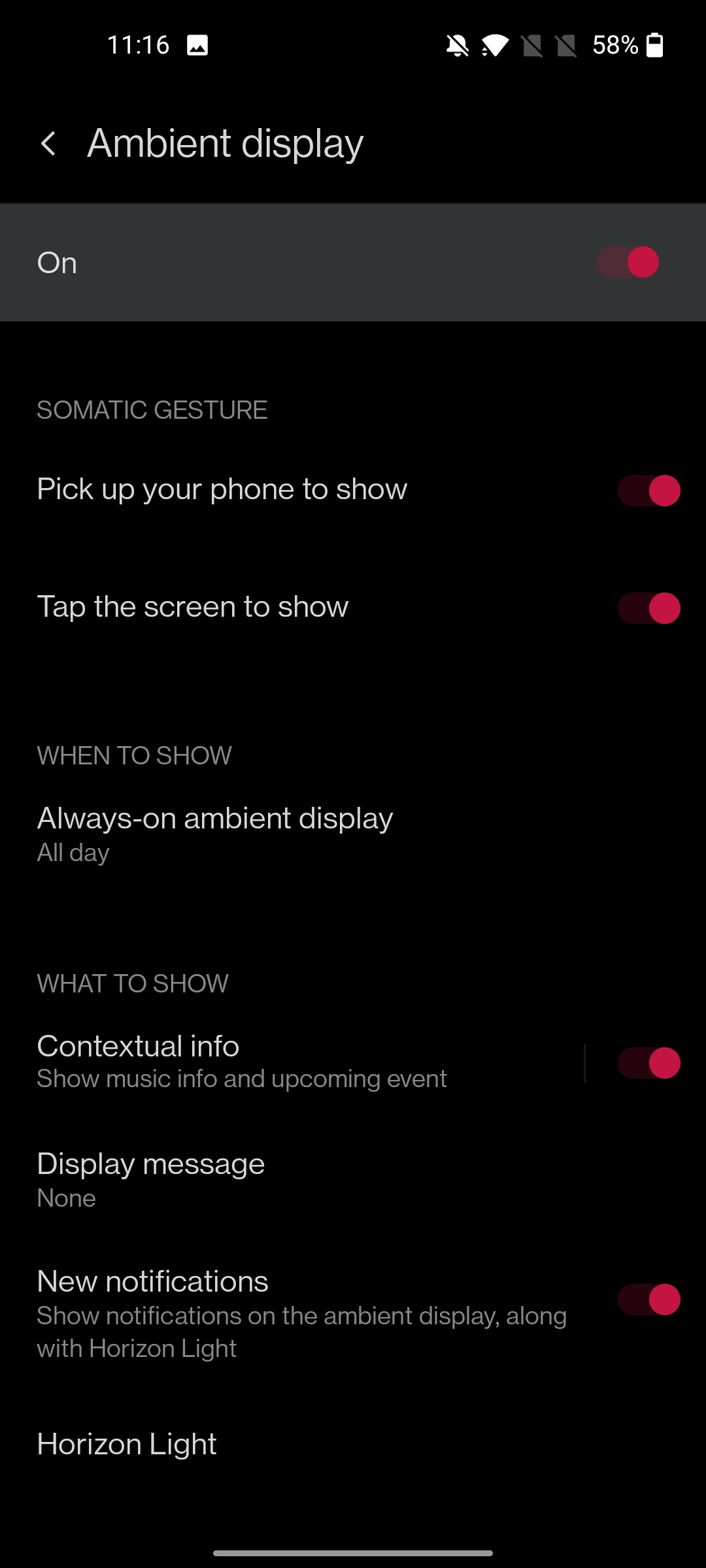A first look at OxygenOS 11 design and features
We wrote about how 8-series devices got the Android 11/R Developer Preview updates in a previous article.
On 11th August 2020, 8-series devices got DP3, which is quite a big update - as it introduces us to the new OxygenOS 11 design and features. Additionally, this will be the final Developer Preview for Android 11/R, as the next update will be an Open Beta. Hopefully, by the next month, OnePlus squashes all bugs that have existed in these DP builds and thus releases the first OB for 8-series. Once 8-series devices get Android 11/R in a more mainstream update track (Open Beta), we can expect to see OOS11 hit older devices as well (7T-series and 7-series should get it at the same time, while 6-series might get it later).
Design
Some of our team members have been exposed to these new designs since March 2020. For the others who got a sneak peak in the April online OEF, this comes as no surprise. However, most of us were dissapointed with the new design language - it looks and feels like a Samsung OneUI rip-off. Maybe some people would like that, but OxygenOS has always been known as the "lightweight, clean, and almost-stock Android" experience - which everyone has grown to love.
This new design language is clunky at best, and very inconsistent in some areas too (even though it brings a few new features like AOD). See some reference images below:

Settings screen. Credits to Android Police. This design is carried forward to almost all stock apps - including Messages, Phone, and the Gallery application. The gigantic header text results in content being pushed down so much that you end up seeing far fewer items on the screen.
In an app like Messages or Gallery for example, the primary focus of the app should be to show as many messages/photos as possible - but this new design language just ends up wasting space.
Normally such designs are very useful for one-handed operations (by pushing the content down, it makes it easier to reach the top elements). However, there's nothing of value or importance in the large header area - hence, wasted space.
We recommend reading through Ryne Hager's excellent hands-on review on Android Police, where he goes into greater detail about the inconsistencies of this new design and just how OneUI-like it feels (there are more screenshots in that article too). You can also check 9To5Google's article that even lists out images of OOS11 and OneUI side-by-side.
Ambient Display


Credits to Android Police
As you can see in the screenshot on the right, you can enable AOD (always-on-display) by setting "When to show" to "All day". Based on reports from some of our users, it seems to work pretty well and this update even brings quite a few new clock faces to choose from. Most of these new faces were first introduced in OB4 for 7T-series, and OB14 for 7-series. 8-series devices got these new clock faces in their latest stable update as well, that came out in mid-July.
The only one that's not included in previous new faces, is the one labeled "Insight". The gradient line (blue -> red -> blue) is supposed to signify the entire day, based on the position of the sun (afternoon is yellow/orange/red because the sun is directly overhead, and thus warmer & brighter; early mornings and late nights are blue, because the sun isn't out and thus is cooler & darker).
In my conversations with a few people internally familiar with the new AOD feature, they told me that they have plans to integrate "Insight" with Zen Mode as well (think greyed out portions of the gradient), though I'm not sure when that will happen, if at all.
Closing thoughts
When OnePlus started out, it initially used CyanogenMod as the OS powering its devices. Following the Micromax conflict, OnePlus had started developing OxygenOS for devices sold outside of China (Chinese devices ran HydrogenOS instead). At that time, everyone hailed OOS as the best OS to have on any phone, because it was fast, felt snappy, and offered a few extra features on top of stock Android - all while still feeling lightweight and clean. This was part of the tremendous success OnePlus saw, but over the years enthusiasts started noticing that OxygenOS was moving further away from what made it so good.
2018 onwards, people stopped calling OxygenOS as a "close to stock" experience, because OnePlus devs started adding gimmicky features - more recent examples include Game Space (which also exist in other BBK-owned companies like OPPO, Realme etc.), Zen Mode, Netflix being pre-installed, Red Cable Club (I agree - some Indian users like this, but a lot of us don't, and view this as a giant disguised ad), etc.
The worst blow, however, was the fact that 8-series and Nord devices came with Facebook pre-installed. Back in January 2020, a OnePlus Forums head moderator came up with a brilliant idea - "Allow user to choose which stock apps they want to install during set-up". OnePlus turned that idea down in April, giving a smokescreen-like response:
Gary C: "These apps are introduced by OnePlus team after several round of review based on the popularity and usage among our users, such as Netflix - for enhancing HDR playback - and Facebook - for higher battery efficiency."
This is the worst form of bloatware, because Facebook-owned apps can pull updates for themselves directly from these bloatware apps (Facebook App Manager, Facebook App Installer, Facebook Services etc) - instead of normal app updates via Play Store. Given how controversial Facebook has become, this is a very scary situation - the user has no idea what these apps are doing in the background.
If you're looking to try and disable/remove such bloatware, follow this XDA guide (it's specific to Facebook, but can apply to other system apps as well).
While I agree that design is subjective, and OOS11 not being liked by a lot of people doesn't mean it's the end of the world - if you try to form a picture by taking everything else into consideration, that picture is crystal-clear: OnePlus is not moving in a direction where they actually listen to their users' opinions before implementing (or removing) something.
There are a lot of posts on Reddit about how people will not buy a OnePlus device anymore, and almost all of their justifications are related to what I've outlined above. Let's see what the future holds, though it appears bleak.